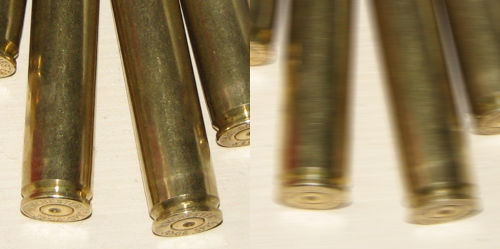Optimizing website? Great! But, what about the images? Are you optimizing your images? Image optimization is one major area of optimization that many businesses ignore.
As search engines are getting smarter, the process of achieving a good ranking is becoming difficult. Image optimization is one of the building blocks of on page optimization.
Here, we discuss about some of the useful image optimization tipsto help you achieve your business goals.
1. The Alt Attribute
When you see a picture of Google Nexus, you instantly recognize it. But, instant recognition isn’t possible for search engines. Alt text is used to make images understand by search engines. You simply add alt=”alt text” to your image tag.
For example:
<img src=”Google-Nexus.jpg” alt=”Google Nexus”/>
It is also used by Google to find out what your image is about. An alt tag should have less than 150 characters and try to write relevant description.
2. Image Names
You need to name your images correctly. For example, if you’re naming the image for your baby products page, you could name the image as baby-haircare-product.jpg. Essentially you want to help Google understand the content of image and naming the file appropriately can help to steer in right direction.
3. The Title
This is an important attribute of the Image HTML tag that provides useful information about the image. It’s best to have both the alt and title attributes as some browsers use this instead of Alt text.
4. File Size
Page loading time is one of the vital ranking factors owing to the rise of smartphones and mobile internet users. Image file size dictates the time to load a given page. If you have dozens of images on a page, file size can make a huge difference in performance of a website.
5. Image Relevancy
The relevance of image is important. An image of a bus on a page related to computers will not work. It’s a common sense to use the most relevant images according to the body text.
6. Image Hosting
When it comes to driving traffic from Google Image Search, image hosting is important. Images that are hosted on the same domain as the text are given more value as compared to images that are hosted at another domain.
7. Image File Type
There are three common file types that are used to post images and these are JPEG, GIF and PNG. For most ecommerce situations, JPEGs provide the best image quality and smallest file size. It is recommended to not to use GIFs for large product images.
8. Anchor Text
Although linking to images is not done very often, but if you want to reuse an image, anchor text is worth considering. The richer a link anchor text is, the better image will rank in search engines.
9. Use Image Site Maps
If you use JavaScript galleries or image pop-ups, Google image site maps are a great way to get your images noticed by Google. Google has many guidelines for image publishing and you can view them here. Also, Google Webmaster Tools has various valuable suggestions for correctly formatting your images for Sitemap.
10. Test Your Images
Last but not the least, it is important to test images to see what converts into more business. You can test the number of product images per page, what angles your customers prefer, and how many product listings you should have on pages? Test these significant criteria to find out what works best for your customers.
An example of clear and blur image is shown here:

Conclusion
Image optimization is a useful way to get more traffic to your site. By adding the right Alt text and optimizing the filename with dashes between the words, you can optimize the images. Further improvements can be made with the Title text.
Have you done any SEO optimization for your images? Share with us by commenting below.
If you enjoyed this post, you can share it via the Social Media Buttons!